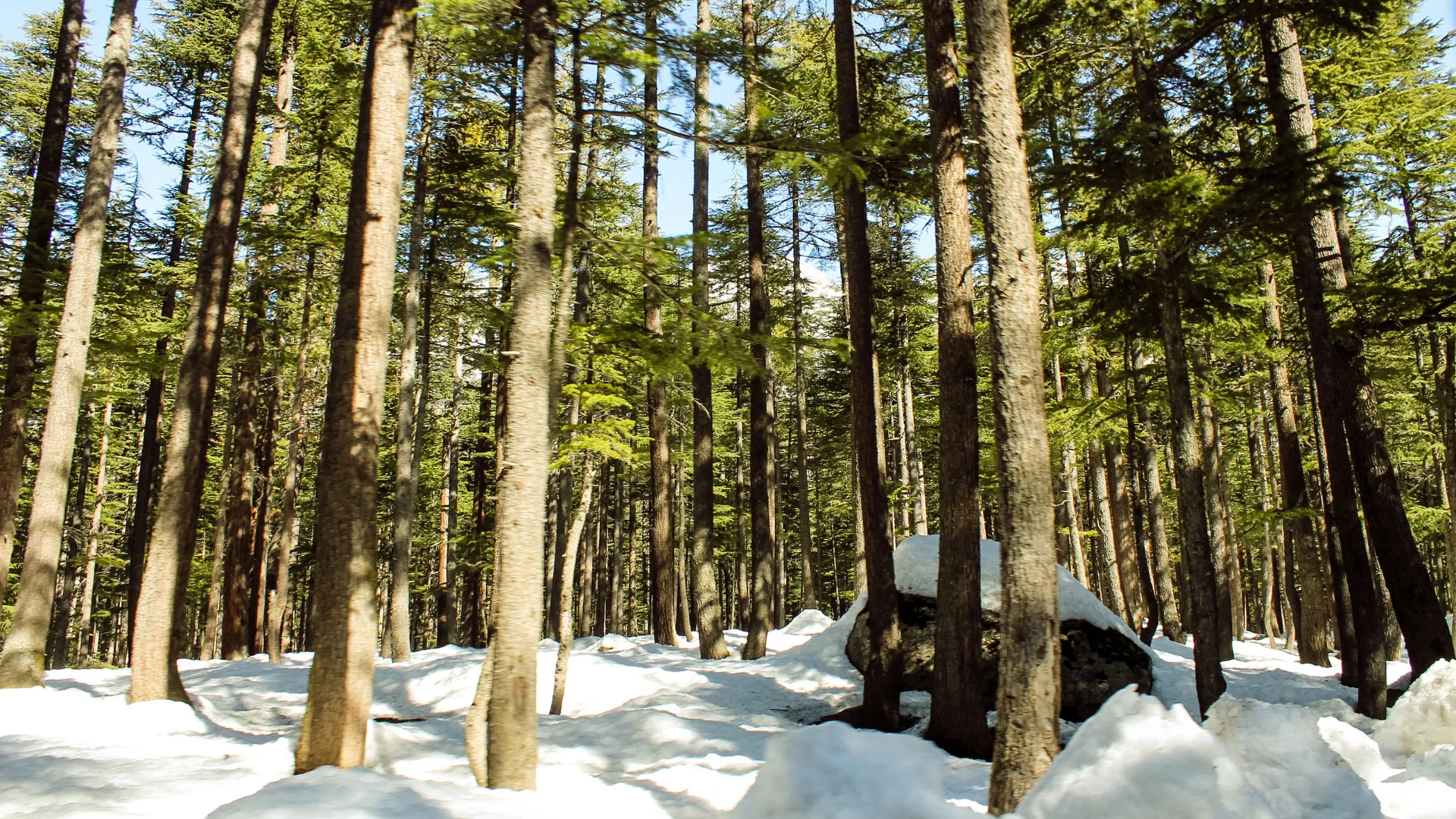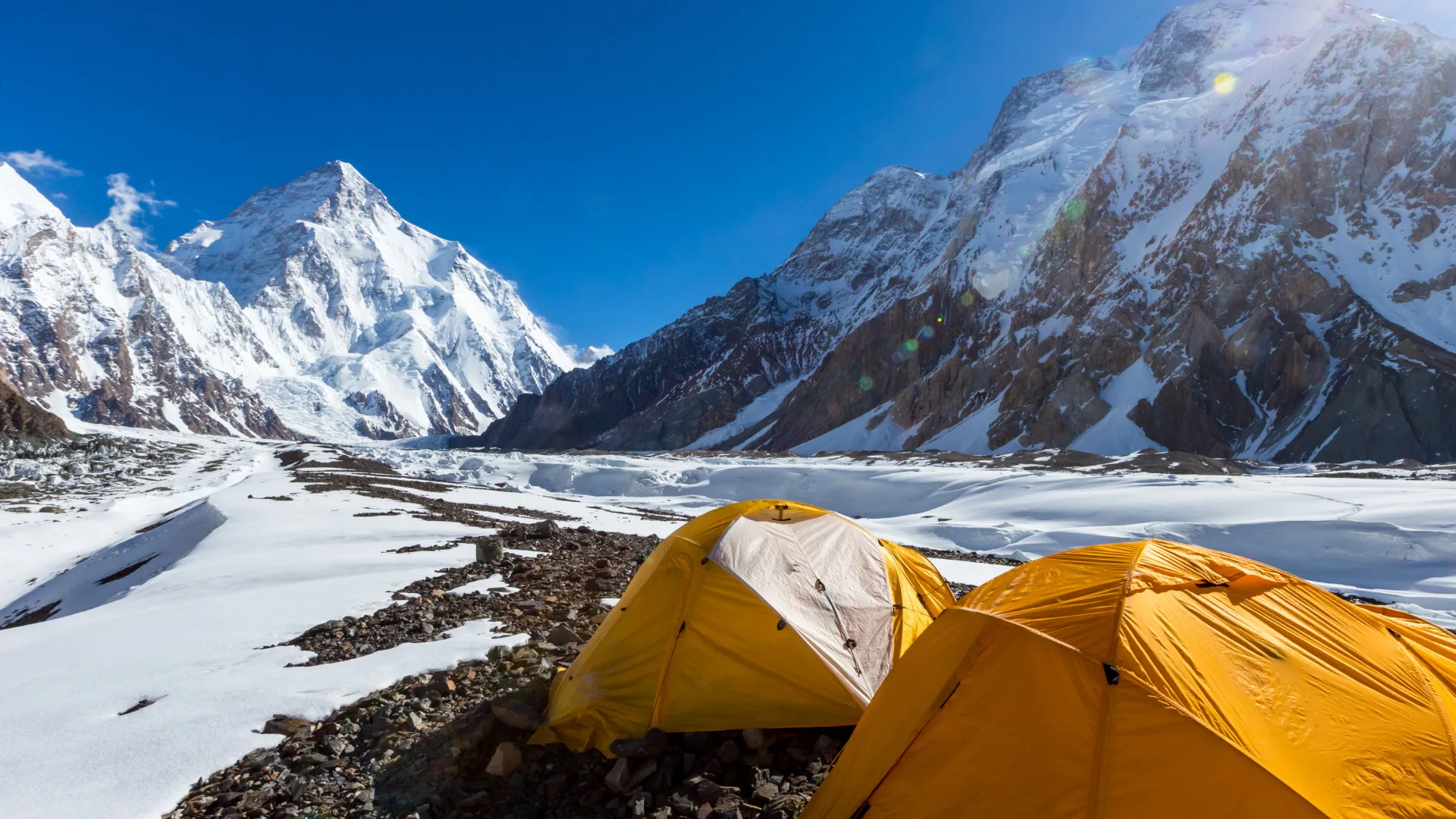Peru is a land known for its diverse landscapes, from the towering peaks of the Andes to the dense rainforests of the Amazon. However, nestled along the country’s northern coast lies a lesser-known yet equally fascinating natural wonder—the Sechura Desert Peru. This expansive desert, with its sweeping sand dunes, rich ecosystems, and historical significance, offers a unique glimpse into Peru’s coastal wilderness. This article delves into the Sechura Desert, Peru, exploring its geography, wildlife, cultural history, and the adventures awaiting intrepid travelers.
Geography and Climate of the Sechura Desert Peru
The Sechura Desert is the largest desert in Peru, stretching along the Pacific coast from the Piura region in the north to the Lambayeque region in the south. Spanning over 188,000 square kilometers, it forms part of the larger coastal desert that runs along the western edge of South America. The desert’s landscape is characterized by vast plains, rolling sand dunes, and occasional oases that provide a stark contrast to the arid surroundings.
Climate Characteristics
The climate of the Sechura Desert is typically dry and hot, with minimal rainfall throughout the year. Temperatures can soar during the day, often exceeding 30°C (86°F), while nights can be surprisingly cool. The aridity of the region is due in part to the cold Humboldt Current that flows along the coast, inhibiting the formation of precipitation and contributing to the desert’s extreme dryness.
The Unique Features of Sechura’s Terrain
The terrain of the Sechura Desert is diverse, ranging from vast expanses of flat sand to towering dunes that can reach heights of over 100 meters. In some areas, the desert gives way to rocky outcrops and salt flats, adding to the region’s unique geological diversity. The expansive Panamericana Norte highway cuts through the desert, providing access to various parts of this otherwise remote landscape.
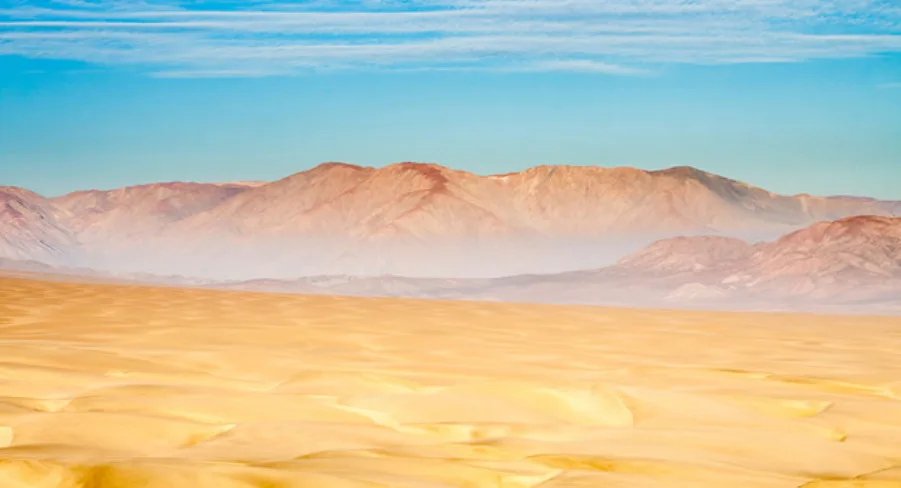
Flora and Fauna: Life in the Desert
Despite its harsh conditions, the Sechura Desert is home to a surprising array of flora and fauna, adapted to survive in this arid environment.
Flora: Surviving Against the Odds
The vegetation in the Sechura Desert is sparse but resilient. Plants such as cacti, salt-tolerant shrubs, and hardy grasses are common, able to survive in the dry, saline soils. The algarrobo tree, a type of mesquite, is particularly noteworthy for its ability to thrive in the desert, providing shade and sustenance for various animals.
Fauna: Desert Adaptations
The animal life in the Sechura Desert is equally adapted to its harsh environment. The desert is home to a variety of reptiles, such as the Sechura fox and lizards, which have evolved to conserve water and withstand extreme temperatures. Birds like the Andean condor and various species of hummingbirds can also be spotted, particularly around oases and coastal areas. The desert’s proximity to the ocean brings marine species like seabirds and even the occasional sighting of seals or dolphins along the coast.
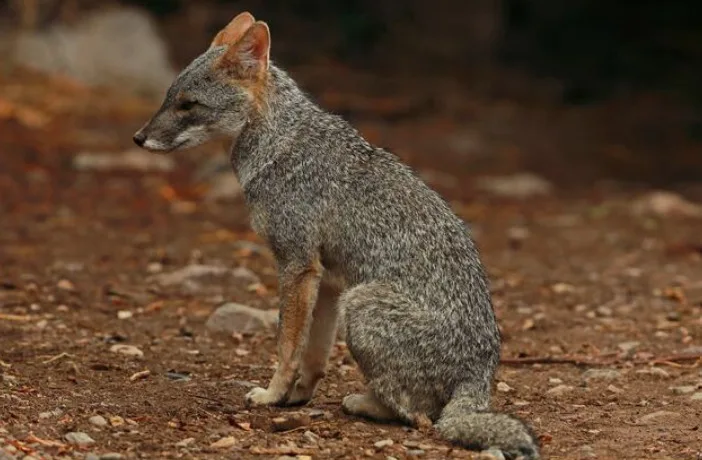
Cultural and Historical Significance of the Sechura Desert
The Sechura Desert is not just a barren landscape; it holds significant cultural and historical importance, particularly for the indigenous communities that have lived in the region for millennia.
Indigenous Heritage
The desert has been inhabited by various indigenous groups, including the Sechura people, from whom the desert takes its name. These communities have traditionally relied on the desert’s resources, such as the algarrobo trees and the nearby marine life, for their survival. The Sechura culture is known for its pottery, textiles, and intricate weaving, which reflect the deep connection between the people and their environment.
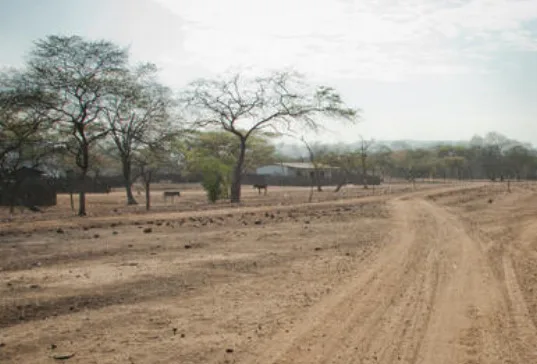
Archaeological Sites
The Sechura Desert is also home to several important archaeological sites, including ancient burial grounds, ceremonial centers, and remnants of early settlements. The most famous of these is the Ventarrón archaeological site, located near the city of Chiclayo, which contains a temple with murals dating back over 4,000 years. These sites offer a glimpse into the rich history of the region and the early civilizations that thrived in this seemingly inhospitable environment.
Myths and Legends
Local folklore is rich with myths and legends associated with the Sechura Desert. Stories of ancient spirits, desert mirages, and hidden treasures add a layer of mystique to the landscape. These tales are often passed down through generations, preserving the cultural heritage of the desert’s indigenous peoples.
Exploring the Sechura Desert: Adventure Awaits
For those looking to explore the Sechura Desert, there are numerous opportunities for adventure, from dune-bashing to wildlife watching and cultural tours.
Dune Bashing and Sandboarding
One of the most popular activities in the Sechura Desert is dune bashing, where 4×4 vehicles race across the towering sand dunes, offering an adrenaline-pumping experience. Sandboarding, the desert equivalent of snowboarding, is another thrilling activity that attracts adventurers to the region. The endless dunes provide the perfect playground for those seeking excitement.
Wildlife Watching
Despite the desert’s arid conditions, there are plenty of opportunities for wildlife watching, particularly around the coastal areas and oases. Birdwatchers can spot a variety of species, including flamingos, pelicans, and even the occasional Andean condor. The desert’s unique flora and fauna make it a fascinating destination for nature enthusiasts.
Cultural Tours
Cultural tours offer a deeper understanding of the Sechura Desert’s indigenous heritage. Visitors can explore ancient archaeological sites, visit local communities, and learn about traditional crafts and customs. These tours provide a unique insight into how people have lived in harmony with the desert for thousands of years.
Visiting the Sechura Oasis
The Sechura Oasis is one of the most remarkable features of the desert. This natural oasis, surrounded by palm trees and lush vegetation, offers a stark contrast to the surrounding arid landscape. The oasis is a haven for birdlife and provides a tranquil retreat for visitors. It’s also a popular spot for camping and picnicking, offering a peaceful escape from the desert’s harsh conditions.
The Sechura Desert’s Economic Importance
Beyond its natural beauty and cultural significance, the Sechura Desert plays a vital role in Peru’s economy, particularly in the mining and fishing industries.
Mining and Phosphate Production
The Sechura Desert is rich in mineral resources, particularly phosphates, which are essential for agricultural fertilizers. The Bayóvar phosphate deposit, one of the largest in the world, is located in the desert and has been a significant contributor to the local economy. The mining operations in the Sechura Desert are a major source of employment and revenue, although they also raise concerns about environmental impact and sustainability.
Fishing Industry
The desert’s proximity to the Pacific Ocean has made fishing a vital industry for the region. The cold Humboldt Current brings nutrient-rich waters to the coast, supporting a diverse marine ecosystem. The town of Sechura, located on the desert’s northern edge, is known for its fishing industry, particularly for scallops, anchovies, and other seafood that is exported around the world.
Conservation Efforts in the Sechura Desert
Given its ecological and cultural importance, there are ongoing efforts to conserve the Sechura Desert and its unique environment.
Protecting Biodiversity
Conservation initiatives focus on protecting the desert’s biodiversity, particularly its flora and fauna, which are adapted to the harsh conditions. Efforts include the establishment of protected areas, sustainable land use practices, and the promotion of eco-tourism, which allows visitors to experience the desert’s beauty without harming the environment.
Cultural Preservation
Preserving the cultural heritage of the Sechura Desert’s indigenous communities is another key aspect of conservation efforts. This includes protecting archaeological sites, supporting traditional crafts, and promoting cultural education programs that raise awareness about the desert’s rich history and its people.
Travel Tips for Visiting the Sechura Desert
For those planning a trip to the Sechura Desert, here are some practical tips to help you make the most of your visit:
- Best Time to Visit: The best time to visit the Sechura Desert is during the cooler months, from May to September, when temperatures are more moderate. However, the desert can be visited year-round, provided you are prepared for the heat.
- What to Bring: Given the desert’s extreme conditions, it’s essential to bring plenty of water, sunscreen, a hat, and lightweight, breathable clothing. A good pair of sunglasses and sturdy footwear are also recommended.
- Guided Tours: To fully experience the Sechura Desert, consider joining a guided tour. Local guides can provide valuable insights into the desert’s history, culture, and natural environment, ensuring a safe and enriching experience.
Suggested- Best Beaches in Lima Peru
Conclusion
The Sechura Desert in Peru is a captivating destination that offers a unique blend of natural beauty, cultural richness, and adventure. From its sweeping sand dunes and diverse wildlife to its historical significance and economic importance, the Sechura Desert is much more than just a barren landscape. For travelers seeking to explore one of Peru’s most intriguing regions, the Sechura Desert promises an unforgettable journey into the heart of the coastal wilderness.
FAQs
What is the Sechura Desert known for?
The Sechura Desert is known for its vast sand dunes, unique flora and fauna, rich cultural history, and significant phosphate mining operations.
Can you visit the Sechura Desert?
Yes, the Sechura Desert is accessible to visitors, with opportunities for dune bashing, sandboarding, wildlife watching, and cultural tours.
What is the best time to visit the Sechura Desert?
The best time to visit the Sechura Desert is during the cooler months, from May to September, although it can be visited year-round with proper preparation.
What should I bring to the Sechura Desert?
When visiting the Sechura Desert, bring plenty of water, sunscreen, a hat, lightweight clothing, sunglasses, and sturdy footwear.
Is there wildlife in the Sechura Desert?
Yes, the Sechura Desert is home to a variety of wildlife, including the Sechura fox, lizards, Andean condors, and various bird species.
Are there any cultural sites in the Sechura Desert?
The Sechura Desert is home to several important cultural and archaeological sites, including ancient burial grounds and the Ventarrón archaeological site.


